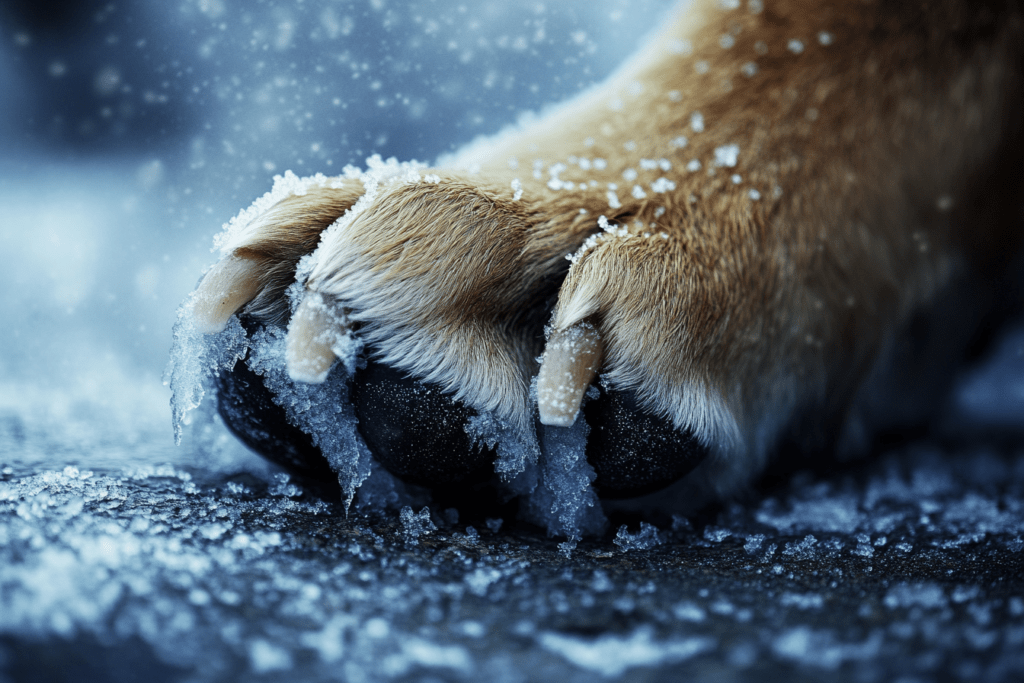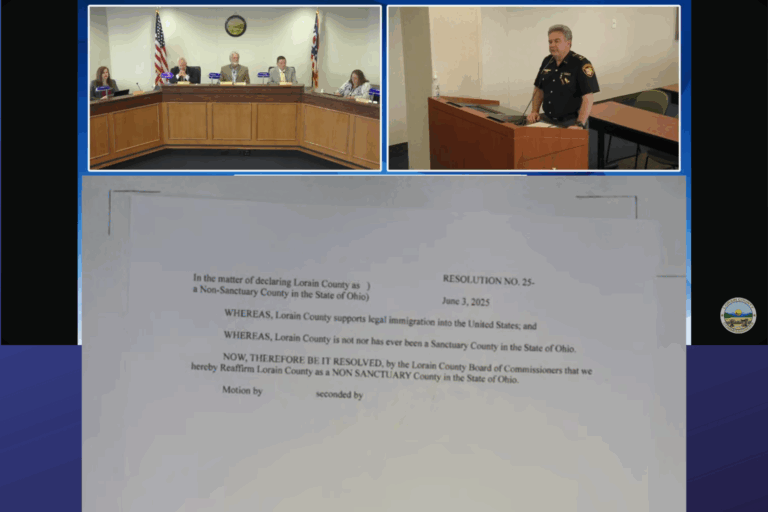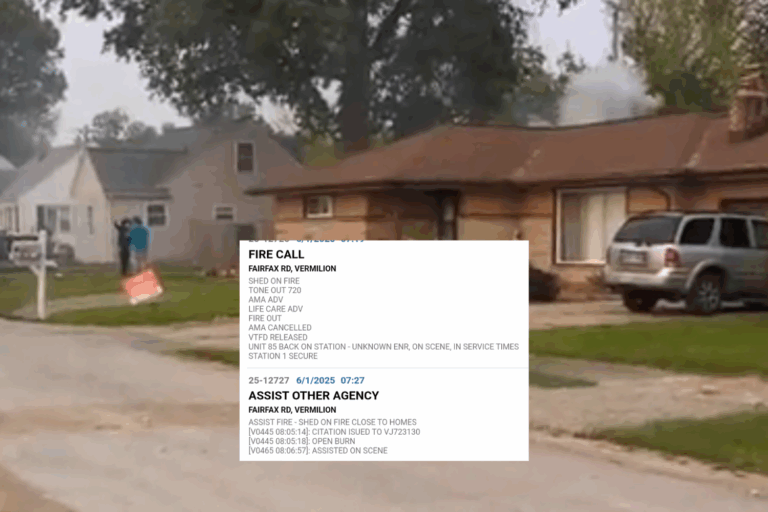
Don’t Leave Pets in the Cold: Essential Winter Safety Tips Every Pet Owner Should Know
Introduction

Cold weather can be dangerous for everyone, but for pets, it can be life-threatening. Frostbite, hypothermia, and other cold-related health problems can quickly affect animals exposed to freezing temperatures. Worse, some pets are left outside without proper shelter, food, or water, putting them at serious risk. This guide will help pet owners understand how to protect their furry friends during winter while staying on the right side of the law.
Why Cold Weather is a Serious Threat to Pets
Cold weather impacts pets differently depending on their breed, size, coat type, and health. Dogs like Siberian Huskies or Newfoundlands, with thick, double-layered coats, can tolerate colder weather better than short-haired breeds like Greyhounds or Chihuahuas. Similarly, smaller dogs or pets with low body fat lose heat more quickly and are more likely to suffer from hypothermia. Ohio laws are in place to protect pets from neglect, especially in freezing temperatures. Pet owners are legally required to provide their animals with adequate shelter, food, and water. If a pet is left outside without these necessities, the owner could face charges of animal cruelty, fines, and even jail time.
Signs Your Pet is Suffering from the Cold
Knowing the signs of cold-related health problems in pets can save their lives. Look for the following warning signs:
• Shivering: This is one of the earliest signs your pet is too cold.
• Reluctance to walk: Pets may stop walking or hold up their paws if they are too cold or have frostbite.
• Lethargy: A cold pet might become unusually tired or slow.
• Discolored paws or ears: Frostbite can cause pale or bluish discoloration.
If your pet shows any of these signs, bring them inside immediately and consult a veterinarian if symptoms persist.
Top Winter Safety Tips for Pets
1. Keep Pets Indoors
During freezing temperatures, pets should not be left outside for extended periods. While dogs still need exercise, limit outdoor walks to 30 minutes or less, depending on the temperature. Keep cats indoors entirely, as they are more vulnerable to cold weather.
2. Dress for the Weather
Short-haired breeds benefit from wearing sweaters or jackets during winter walks. These garments provide an extra layer of protection, helping pets stay warm when temperatures drop.
3. Protect Their Paws
Snow, ice, and rock salt can irritate your pet’s paws. Wipe their paws after every walk to remove salt and chemicals, and consider using pet-safe ice melt at home to prevent exposure.
4. Provide Proper Outdoor Shelters
If your pet must stay outside, ensure they have access to a sturdy, insulated shelter. The shelter should be windproof, waterproof, and just large enough for the pet to retain body heat. Add warm bedding and ensure the entrance is shielded from the wind.
What to Do if You See a Pet Left Out in the Cold
Unfortunately, not all pet owners follow these guidelines, and some animals are left outside in dangerous conditions. If you see a pet left out in the cold, take these steps:
1. Document the situation: Note the date, time, and location. Take photos or videos if possible to show the animal’s condition and surroundings.
2. Contact authorities: Call your local animal control agency or the police to report the situation, providing them with the details and evidence you’ve collected.
3. Follow up: If no action is taken, follow up with the authorities to ensure the animal is safe.
Ohio laws allow citizens to intervene in extreme cases. Under Ohio Revised Code 1717.13, anyone can rescue an animal that has been confined without food or water for over 15 hours. However, it’s always best to involve the proper authorities when possible.
Real-Life Stories and Expert Advice
In Mahoning County, Ohio, authorities regularly respond to reports of pets left out in the cold. Many of these cases involve short-haired breeds like Pitbulls, which lack the insulation needed to withstand freezing temperatures. The Humane Society emphasizes the importance of keeping these pets indoors and providing appropriate care during winter.
Experts also warn pet owners about common winter hazards, like antifreeze spills and frozen water bowls. Antifreeze is toxic to pets, and even small amounts can be deadly. Ensure all spills are cleaned up immediately and keep water bowls filled with fresh, unfrozen water.
How You Can Help: Community Action and Advocacy
Protecting pets during winter isn’t just the responsibility of individual owners—it’s a community effort.
• Educate Others: Share information about pet safety laws and cold weather tips with your neighbors and online communities.
• Donate Supplies: Local animal shelters often need blankets, pet-safe ice melt, and other supplies during winter.
• Build DIY Outdoor Shelters: For stray or outdoor animals, simple shelters made from plastic tubs can provide much-needed warmth and protection.
Conclusion: Protecting Pets is Everyone’s Responsibility
Cold weather poses a serious threat to pets, but with the right precautions, you can keep your furry friends safe and warm all winter long. Remember to follow Ohio’s pet safety laws and report any cases of neglect you encounter. By working together as a community, we can ensure that no pet is left out in the cold.
If you found this guide helpful, share it with your friends and family to spread awareness. Every pet deserves a warm and loving home, no matter the season.





